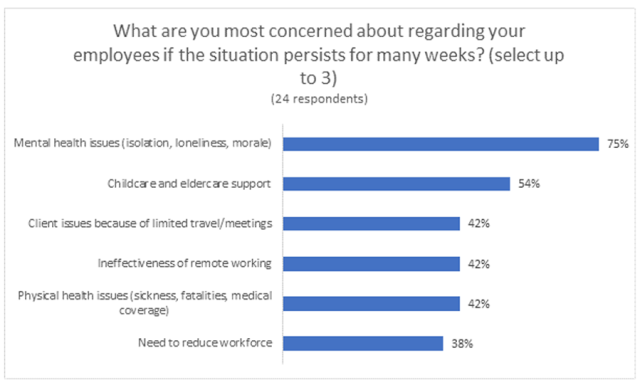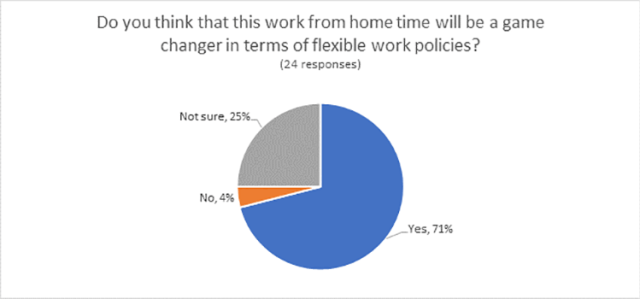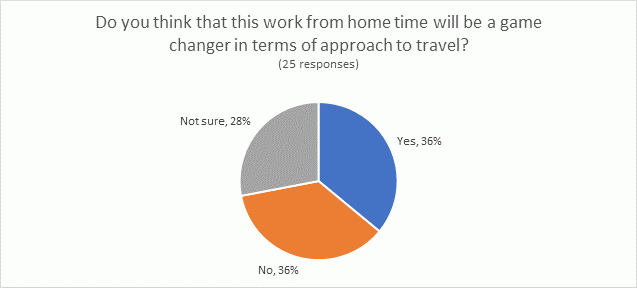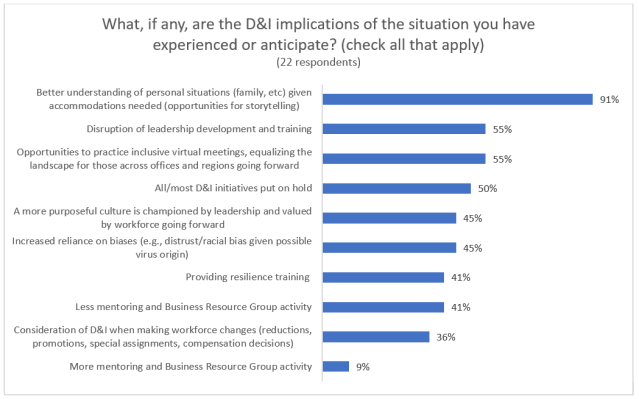[ad_1]
When business continuity plans kick in, as they have in the current COVID-19 crisis environment, what happens to diversity and inclusion efforts at investment organizations? Do they fall away as nice-to-haves or are they seen as contributing to a cultural edge of resiliency?
Evidence from a call last week with the firms in the CFA Institute Experimental Partners Program suggests not only that many initiatives are continuing but also that organizations that build an inclusive culture are better placed to adapt.
The Experimental Partners Program began in response to the 2018 publication of “Driving Change: Diversity & Inclusion in Investment Management.” Each participating firm selected up to three of the ideas from the list of recommended actions and developed 18- to 24-month implementation plans, through December 2020.
Not surprisingly, no firm was working under normal operating conditions. They all were actively addressing COVID-19 Response Risks, and their situations were changing rapidly. At that stage, most either had a split workforce structure — half remote, half in the office, then rotating — or were fully working from home (WFH) with management implications.
Firms seemed to be adapting well to the technology and infrastructure needs of working remotely, with some firms allocating an additional stipend for employees to cover any equipment needed.
However, there were learning curve challenges that led to changes in practice. One firm reported continuing with recruitment by conducting virtual interviews. An unexpected benefit: They can see how the candidate deals with technology and remote communication — important skills in the tech-savvy, globally connected investment industry. Technology was also used to engage with high school students for possible internships. Another firm is conducting outreach through a video on their website about “a day in the life of an investment manager” that they made available for Historically Black Colleges and Universities (HBCUs) career sites, to reach the beginning of the talent pipeline, before course decisions are made.
Since many organizations, excepting those with offices in Asia, have only recently moved to a 100% WFH model, they are still trying to figure out what best practices should be on virtual inclusive leadership, such as the challenges related to software to use for team meetings, frequency of communications, keeping employee resource groups (ERGs) going, and virtual team socialization.
Partners agreed keeping ERGs engaged was key — these networks can give firms an early understanding of the COVID-19 impacts and can provide input on how to update policies, such as how to better support employees balancing childcare/elder care responsibilities while at home. ERGs are also organizing such activities as working moms’ virtual lunches, veterans’ group sessions on working out at home, and young professionals’ groups offering tech tips to colleagues: all indicative of an inclusive culture at work.
Partners indicated that the early reactions to the practices put in place were positive, but they were concerned about the effects of a longer-term disruption to typical working cultures, particularly potential mental health issues such as isolation, loneliness, and morale. If remote working is already embedded, firms are far more comfortable with all employees WFH, while others continue to determine best ways of moving forward.

Most Partners see this WFH time as a game changer for flexible work policies. Firms are reframing their policies, reassessing their contingency plans, and drafting new rules to deal with this situation. Virtual learning will continue to be important, and adapting to the current situation has produced more innovative thinking around approaches to it.

Partners also debated the impact of our current restrictions on future business travel. Interestingly, we found much less of a consensus on this topic, so this is also one area to revisit in future.

Partners agreed that inclusive leadership matters even more in times like these, not only for current employees but also for prospective employees. As noted in Investment Professional of the Future, empathy and courage are among the needed leadership qualities at firms with effective cultures.
One such example arose in response to xenophobia, which due to the origin of the virus has been a concern for many North American organizations that want to ensure their staff feel safe and not discriminated against. One firm had an employee who was harassed about this outside of work. The firm sent out an all-employee email on this topic, bringing in the learnings from their unconscious bias training and reemphasizing the company’s position through social media posts.

A strong majority (91%) said one positive outcome so far has been a better understanding of personal situations. This, in turn, creates opportunities for storytelling to highlight special situations and bring colleagues closer together — figuratively, for now! Greater comfort with virtual meetings may also inform people about how to be more inclusive of those in other offices going forward. Although half the group was concerned about D&I efforts being put on hold, nearly the same number said there is the potential for a more purposeful culture championed by leadership and valued by workforces, now and into the future.
If you liked this post, don’t forget to subscribe to the Enterprising Investor.
All posts are the opinion of the author. As such, they should not be construed as investment advice, nor do the opinions expressed necessarily reflect the views of CFA Institute or the author’s employer.
Image credit: ©Getty Images/Ariel Skelley
Professional Learning for CFA Institute Members
CFA Institute members are empowered to self-determine and self-report professional learning (PL) credits earned, including content on Enterprising Investor. Members can record credits easily using their online PL tracker.
[ad_2]
Image and article originally from blogs.cfainstitute.org. Read the original article here.

